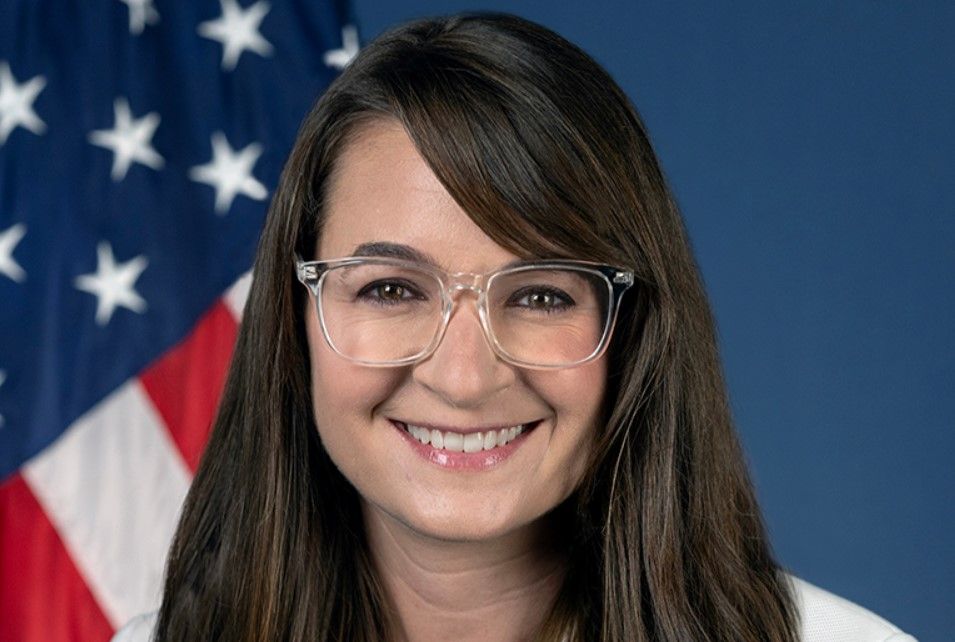As part of Crash Responder Safety Week (November 18-22), the USDOT’s Federal Highway Administration (FHWA) acting administrator Kristin White has called for increased safety on the nation’s roadways for emergency responders, who put themselves on the line while saving others.
The goal of Crash Responder Safety Week is to remind drivers, passengers, and all who use the nation’s roadways of the critical role they play in keeping everyone safe. Crash Responder Safety Week is a national effort to protect responders and remind the public of its responsibility to use caution when driving near roadside incidents involving emergency personnel.
This year’s theme is “Responders ahead! Reduce your speed as you proceed.” It’s a call to action during the month of Thanksgiving where thanks are given to crash responders for all they do throughout the year while reminding drivers to be safe, especially during the busy holiday travel period.

“Crash responders put their lives on the line every day, committing courageous acts of service to keep us safe, respond to crashes, and protect others around us,” said acting Federal Highway administrator Kristin White.“Safety is FHWA’s north star, and we work closely with federal, state and local partners to ensure we slow down, move over, and remain alert so we can save lives when crashes occur and protect the injured and our crash responders.”
The FHWA launched Traffic Incident Management (TIM) training in 2012 designed by and for responders to help teams of police, firefighters, highway workers, and emergency medical services and towing personnel ensure safe and effective coordination at a crash scene.
In the training, responders learn a common set of effective practices, including quick clearance techniques, that improve communication and reduce the amount of time needed to remain on scene.
To date, more than 750,000 responders have been trained with the TIM training program, representing all 50 States, the District of Columbia, and Puerto Rico. The training goes together with TIM tools, technologies, and policies to improve the safety of responders. The free training also allows responders to step back from the job of helping others to make sure they know the best practices to protect themselves.
White also highlighted the Department’s comprehensive approach to safety through the National Roadway Safety Strategy (NRSS), which adopts the Safe System Approach to improving safety. This strategy helps states, cities, and counties work toward USDOT’s ambitious goal of achieving zero roadway fatalities. This Vision Zero goal envisions a day where no lives are lost on the nation’s roads.
Under the NRSS, post-crash care is one of five key elements of a Safe System Approach focused on ensuring people in crashes survive through expeditious and robust medical care. Effective and efficient Traffic Incident Management practices create a safe working environment for crash responders and can help prevent dangerous secondary crashes from occurring.





